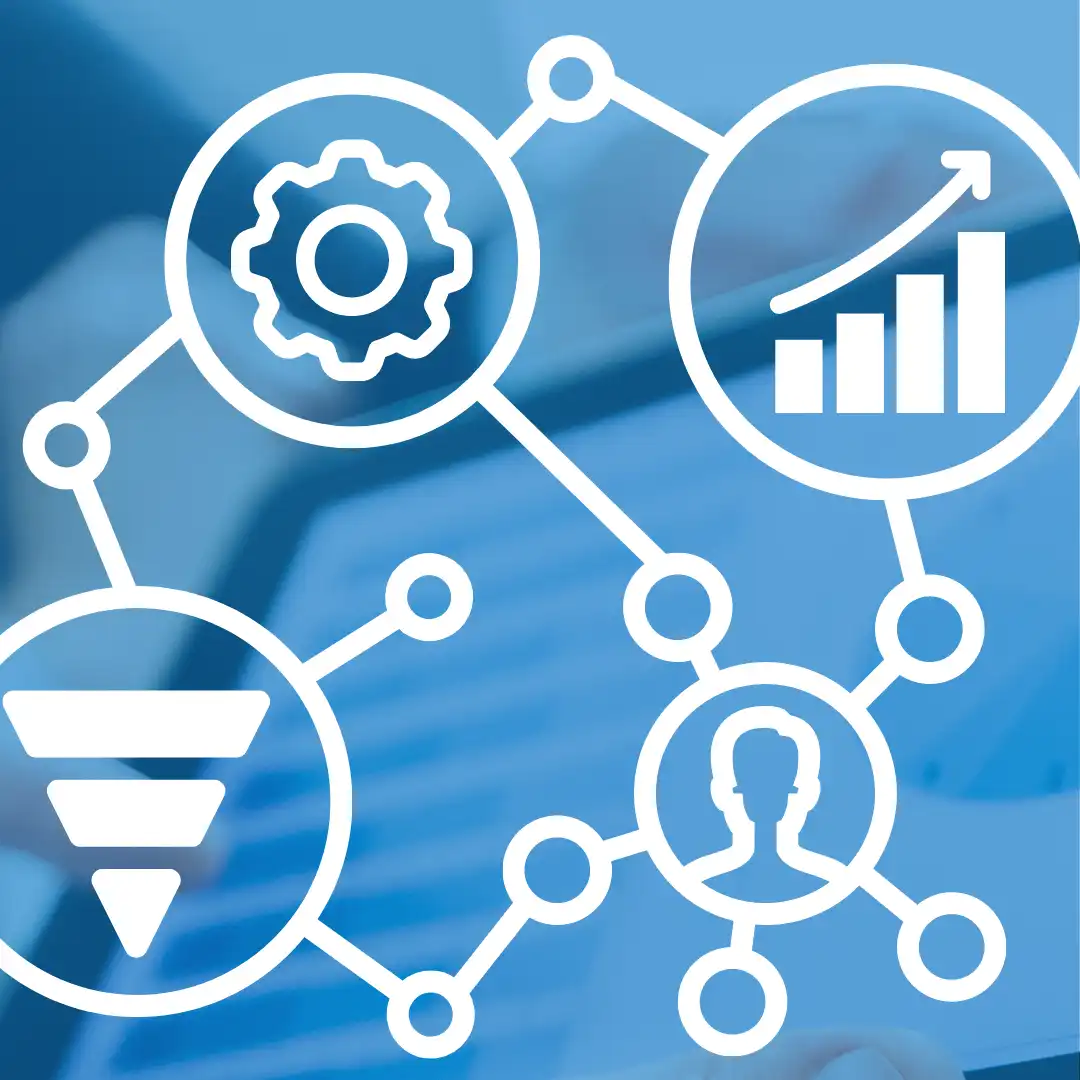Demand Generation: A Winning Marketing Strategy for 2026 and Beyond
By Chris Isham, Co-Founder and Chief Growth Officer


As purse strings continue to tighten, how do you make the most of your Marketing budget? By spending it on activities with the best return and those that will set you up for long-term success. Demand generation offers the best of both worlds for Marketers: building brand strength for the future and reaching prospective buyers now.
Lead Generation is the Foundation of Demand Generation
At the heart of demand generation is lead generation. Whether you’re looking to create valuable content to attract and nurture your audience over time or you’re looking to quickly find the buyers who are in-market for your solutions now, all roads point to generating leads. Lead generation is sometimes considered a short-term play, but when you take the potential for new pipeline into account, it presents a large opportunity.
When each dollar counts more than ever, not taking action on this opportunity can come with a steep cost. Ineffective demand generation drains your budget, leaves you with an inadequate pipeline, and puts you behind the competition in reaching your prospects. Forgoing lead generation altogether means you’re missing out on the majority of buyers who move through almost the entire decision-making process before getting in touch with a sales team. Do you really want to leave your pipeline’s fate in the hands of unknown prospects?
By contrast, demand generation rooted in providing high-quality, in-market leads with transparent campaign design and implementation makes the most of the current buying landscape. How can you ensure your lead generation strategy has a compounding effect on your marketing program and presents a sustainable business advantage?
Concentrate on the VIP: Very Important Pipeline
A strong pipeline puts you in a position to prove Marketing’s value within your organization. But lead generation campaigns don’t create pipeline without proper planning. Your program must be designed to move leads through your Marketing funnel into the hands of your inside sales team and to equip them with the insights they need to convert leads into opportunities. Enabling your sales team to have effective conversations with leads allows you to shortcut interested buyers into your pipeline.
To reach the leads that turn into VIPs (very important pipeline), start by ensuring your inside sales team understands exactly how leads are generated. When 99% of leads haven’t read your content by the time a sales representative contacts them, you can’t use the content as a crutch. Details of a lead’s journey are key to crafting effective messaging and starting conversations with prospects.
Using information about how a lead made it into their hands allows your inside sales team to leverage other best practices and objection handling techniques. This speaks directly to your prospects in a personalized way. If your sales reps were armed with insights into a lead’s current tech stack and any challenges that were uncovered during the lead generation process, wouldn’t it be easier for them to position your product in a way that speaks directly to prospects? And by extension, to shortcut the buying journey and turn those prospects into customers?
Consider a Lead’s Lifetime Value
Or more accurately, a customer’s lifetime value. The sooner you can reach leads and convert them into customers, the sooner you can start realizing that value. This also means that the longer you wait to generate new leads, the more value you’re missing and the more leads will move into your competitors’ pipeline.
Get ahead of competitors in recognizing the potential for high-value customers by using predictive intent data. When you start with leads that are already showing purchasing intent, you put your lead generation program in a good position to convert leads more quickly. Without a focus on intent, leads are often sent to die a slow death in marketing nurture, making it hard to prove your strategy’s value and putting your marketing budget at risk. Instead, put your lead generation strategy to work from the start by elevating the accounts that are exhibiting purchasing behavior now so that they can become customers sooner.
Lead generation also sets you up to better understand your customers over time. Customer retention allows you to hone in on how your value proposition aligns with making their business more efficient and profitable, so that your future lead generation efforts can speak directly to prospects’ challenges.
Lead Generation Is a Budget Builder
With a pipeline full of potential customers who can contribute to revenue growth many times over, what better way to make a case for your future Marketing budget? Your CMO and CFO would be hard-pressed to argue that lead generation is not a key investment in the business. That additional budget could be put to use further building out the pieces of your demand generation strategy and reinvesting in your most successful lead generation campaigns.
However, continuing to buy content syndication leads to do the same thing you’ve always done (read: sending leads ready to talk into marketing nurture, or sending leads who need to be nurtured to inside sales) is a surefire way to have your marketing budget reallocated to direct sales activities instead. To prevent this from happening, look at the whole picture of your lead generation campaigns. Lead generation can serve as a budget builder when executed strategically with a focus on investing in programs that convert through all stages of your funnel. Programs with strong ROI will prove the value of your strategy and keep the budget coming.
Put Lead Generation to Work for You
Focusing on the Marketing activities most likely to generate sustainable revenue is not a new concept. But when budgets are tight and buyers are cautious, lead generation will most effectively position you ahead of competitors. Look to lead generation as the key to your demand generation strategy to win in 2026 and beyond.